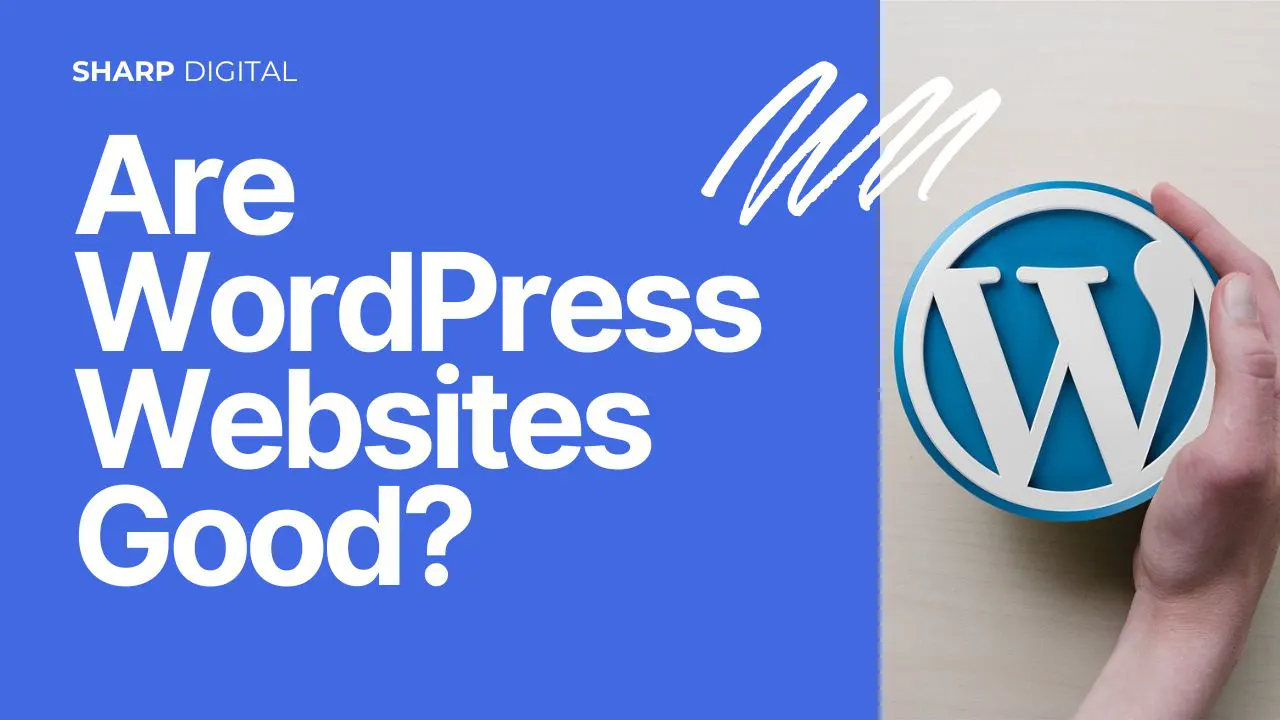Measuring the success of your AI-assisted content creation efforts is crucial for optimizing your strategy and demonstrating value to stakeholders.
Content Performance Metrics
Traffic Metrics
Page views, unique visitors, session duration, bounce rate
Engagement Metrics
Time on page, scroll depth, social shares, comments
Conversion Metrics
Lead generation, sales, newsletter signups, downloads
SEO Metrics
Keyword rankings, organic traffic, backlinks, domain authority
ROI Calculation Framework
Measuring Content Marketing ROI
Content ROI = (Revenue Generated - Content Costs) / Content Costs × 100
Revenue Attribution Methods
- Last-Touch Attribution: Credits the final content interaction
- Multi-Touch Attribution: Considers the entire customer journey
- Custom Attribution: Tailored to your specific sales funnel
Content Performance Analysis
-
Identify Top-Performing Content
- Analyze which topics resonate most with your audience
- Study content types that drive the most engagement
- Identify successful formats and structures
- Understand what content performs best on different channels
-
Content Gap Analysis
- Find topics your competitors cover that you don't
- Identify questions your audience asks that you haven't answered
- Discover trending topics in your industry
- Spot opportunities for content expansion
-
Optimize Underperforming Content
- Update outdated information and statistics
- Improve titles and meta descriptions
- Add internal and external links
- Enhance with multimedia elements
AI-Assisted Performance Analysis
Performance Insights Generation
- Trend Analysis: Identify patterns in content performance over time
- Audience Segmentation: Understand which audience segments engage most
- Competitive Benchmarking: Compare your performance with industry standards
- Predictive Analytics: Forecast future content performance
Reporting and Optimization
Content Strategy Refinement
- Monthly Reviews: Analyze content performance and identify trends
- A/B Testing: Test different headlines, formats, and distribution strategies
- Content Calendar Optimization: Adjust based on performance data
- Resource Allocation: Invest more in high-performing content types



